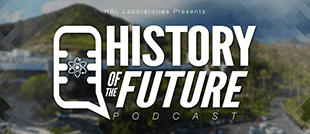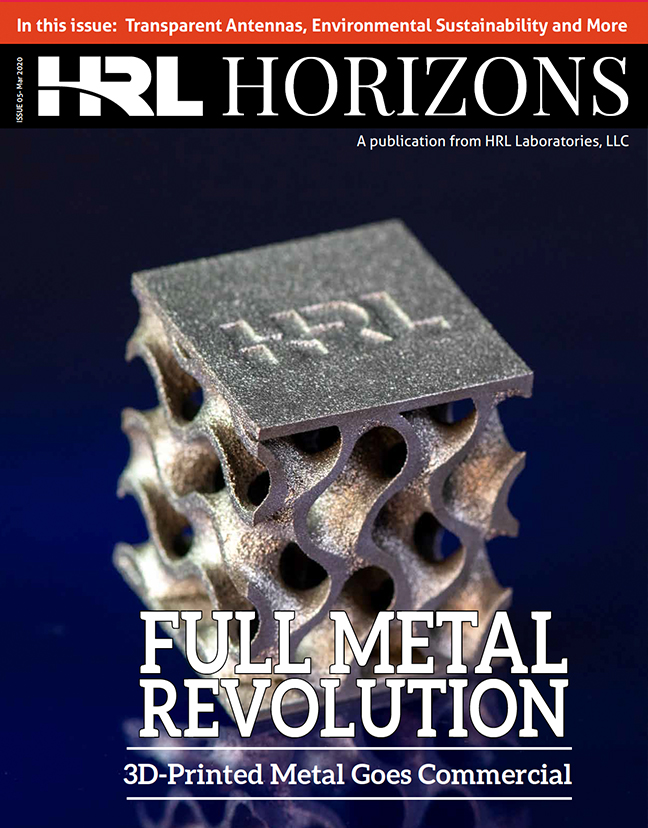
DARPA Awards HRL $1.5 Million to Develop MEMS-based Oven Controlled Crystal Oscillator for Atomic Clocks
When it comes to military electronics – whether in the realm of communications, navigation, or tactical systems – timing and synchronization are critical. When deployed, even the best battery-fueled atomic clocks are less than ideal because of frequency variations under power cycling, long-term frequency drift, and temperature sensitivity. The Defense Advanced Research Projects Agency (DARPA) has awarded HRL Laboratories, LLC, $ 1.5 million to develop an ultra-low power oven controlled crystal oscillator (OCXO) for use as a frequency reference for new high-performance, low-power atomic clocks.
Dr. Randall Kubena, Principal Scientist at HRL’s Sensors and Materials Laboratory, will coordinate the effort, which is funded under DARPA’s Atomic Clock with Enhanced Stability (ACES) Program. “We will incorporate both microelectromechanical system-based processing and quartz dry plasma etching techniques,” he said. “This allows for both direct on-quartz heating for ultra-low power operation and stress isolation between the heater and the active resonator.” Stress isolation is essential for high stability of the frequency over temperature. According to Kubena, HRL will also develop new high-Q resonator designs for low phase noise.
Microelectromechanical system-based (MEMS-based) oscillators are typically constructed using silicon resonators integrated on silicon substrates. HRL’s new quartz-based MEMS processes will allow similar high levels of integration with electronics using temperature-compensated quartz substrates with roughly 500 times better inherent temperature stability than silicon resonators. “This provides for higher levels of performance with similar compensation schemes and oscillator size,” said Kubena.
In addition to enabling battery-powered atomic clocks with enhanced stability that support our nation’s defense systems, OCXO technology has broad application potential in commercial and consumer products. Cell phones and GPS systems currently utilize temperature compensated quartz clocks (TCXOs) for frequency references. While OCXOs deliver significantly better performance, they’re bigger and more power hungry. If successful, HRL’s MEMs-based OCXOs will provide wireless systems with OCXO performance, but with the size and low power requirements of state-of-the-art TCXOs. “This will improve the accuracy of handheld navigation systems while improving the signal-to-noise ratio of communication systems,” said Kubena. “Our small MEMS-based designs and wafer-scale processing have the potential to allow a large number of oscillators to be produced across a wafer, thus lowering fabrication costs.”
HRL will work with Vectron International on packaging and Johns Hopkins University’s Applied Physics Laboratory for electronics and testing.
HRL Laboratories, LLC, Malibu, California (hrl.com) is a corporate research-and-development laboratory owned by The Boeing Company and General Motors specializing in research into sensors and materials, information and systems sciences, applied electromagnetics, and microelectronics. HRL provides custom research and development and performs additional R&D contract services for its LLC member companies, the U.S. government, and other commercial companies.
Media Inquiries: media[at]hrl.com, (310) 317-5000

